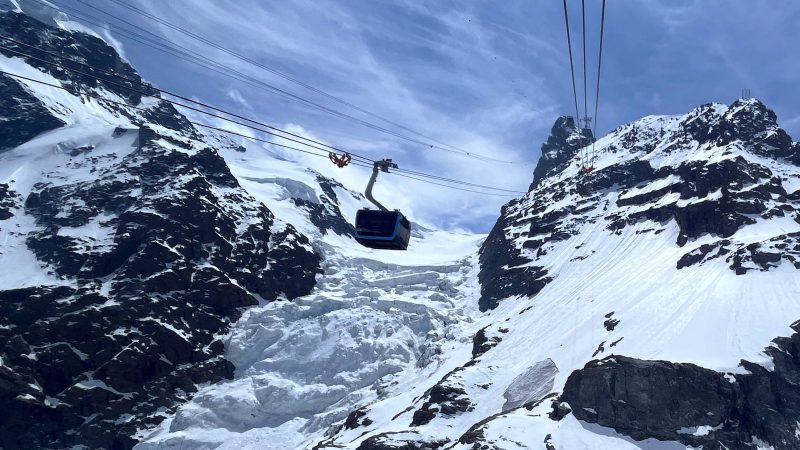
Land borders are often considered permanent fixed lines – but in mountainous regions like the Alps, where melting ice and permafrost are reshaping the landscape, local authorities are sometimes forced to redraw maps.
On the Swiss-Italian border, just above the Theodul glacier, which binds residents together in a shared economic environment, at least for now, two towns surrounding the iconic Matterhorn are thriving thanks to a steady stream of tourists visiting the region's scenic beauty and skiing on the high slopes, which are covered in snow year-round.
This is despite the fact that melting glaciers have altered the landscape, forcing local authorities to redefine the border between the two countries.
“The glacier has shrunk on the Italian side. In some areas, only bare land remains,” said Jérôme Perruquet, a mountain guide from the Aosta Valley. According to the guide, the rate of glacier melting on the Italian side necessitates some repair work, which is expected to begin soon.
"The Swiss side will take the lead, even though much of the issue lies on Italian territory, but they have significant commercial interests," said Perruquet.
With the interests of both countries converging, negotiations are progressing smoothly. The intervention, carried out using excavators, aims to maintain skiing activities around the Theodul Glacier. A local guide stated, “We all benefit from this,” even if the glacier “suffers a little damage.”
The committee for maintaining the national border between Switzerland and Italy met in Bern for its regular session from May 9-11 this year. Discussions focused primarily on adjusting the border in the Testa Grigia/Plateau Rosa region, and a related agreement was drafted, according to the Swiss Federal Office for Geodesy, Swisstopo.
Swisstopo said that approval procedures for the agreement “are currently underway in both Switzerland and Italy,” although the office did not know when the agreement would be published or when final political confirmation would be given.
In the high mountain regions of Europe, political borders are often drawn along mountain passes. As these shift due to global warming, the borders need to be adjusted. Swisstopo asserts: “Given climate change and the rapid melting of glaciers in Switzerland, we can say that many more similar cases will occur in the future.”
For the Theodul Glacier, the main attractions are the iconic Matterhorn mountain and year-round skiing opportunities, from the Zermatt resort (1,620 m) on the Swiss side and Cervinia (2,050 m) on the Italian side.
And while lower-altitude resorts struggle to get snow due to climate change, the Theodul Glacier is attracting more and more skiers. However, the summer of 2022 was an exception. Due to the glacier melting, the ski slopes were closed to the public for the first time and only open to national team skiers.
Guides pointed out that some of the rocks on the Iltay side were no longer covered in snow “for the first time in decades.” This fact confirms a broader trend: while the largest glaciers are shrinking due to climate change, many smaller glaciers have disappeared entirely.
“Currently, we have 1,400 glaciers in Switzerland, many of which are small. Small glaciers are the first to disappear. In just the last 30-40 years, we have lost around 1,000 glaciers. Now we are losing glaciers that are considered important,” explains Matthias Huss, head of the Swiss Glacier Monitoring Network (GLAMOS) at ETH Zurich.
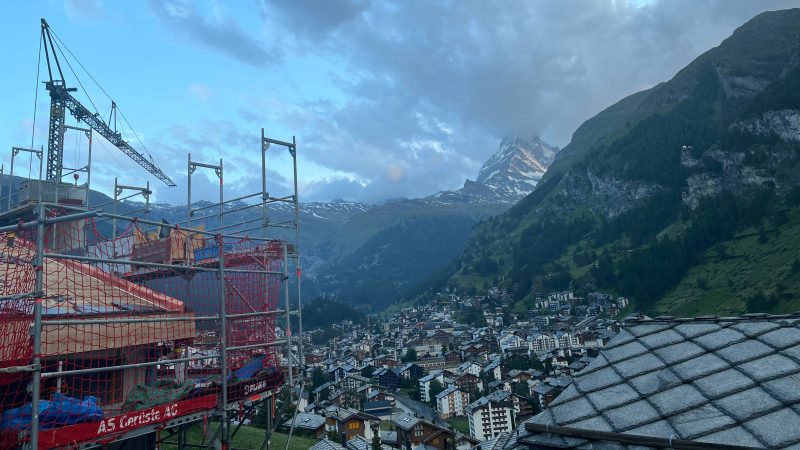
Melting ice is accompanied by urban infrastructure development in the Zermatt region of Switzerland. Photo: Euractiv
With climate change, melting ice is also accompanied by the melting of permafrost (frozen soil, which acts as a glue binding cracked rocks and other debris). Permafrost melts more slowly but has an even greater impact on geological change, as well as on changing borders between countries.
"If we're talking about rockslides and landslides, like the recent incident in Tyrol on the Swiss-Austrian border, then this is related to the melting of permafrost. Glaciers can also cause such consequences, but to a lesser extent," Professor Huss explained.
According to the professor, all but the highest-altitude glaciers in the Alps, such as those on Mont Blanc, could disappear by 2100. This is the worst-case scenario. But even in the best-case scenario – for example, if the world's countries achieve CO2 neutrality by 2050 – "two-thirds of the ice in the Alps will be gone by the end of this century," Professor Huss stated.
In contrast to the smoothly progressing negotiations between Switzerland and Italy, a similar dispute between France and Italy over border rights to the Mont Blanc mountain range might not go so well: the negotiations between Paris and Rome, which have dragged on for years, would require lawyers and experts to devise a solution acceptable to both sides.
In the future, tensions could also erupt in other parts of the world – such as in Asia, where border disputes in the Himalayas have caused conflict between India and China. Against the backdrop of increasing competition for other resources, such tensions are unlikely to be resolved peacefully!
Source link



![[Image] Close-up of the newly discovered "sacred road" at My Son Sanctuary](/_next/image?url=https%3A%2F%2Fvphoto.vietnam.vn%2Fthumb%2F1200x675%2Fvietnam%2Fresource%2FIMAGE%2F2025%2F12%2F13%2F1765587881240_ndo_br_ms5-jpg.webp&w=3840&q=75)








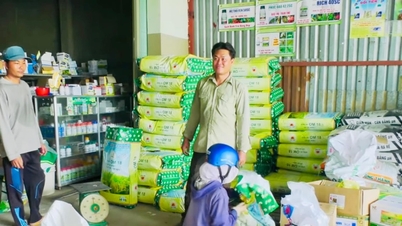









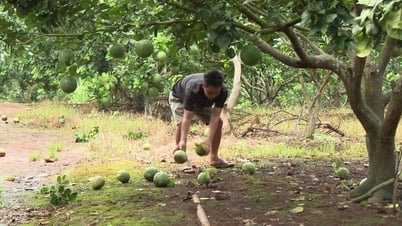
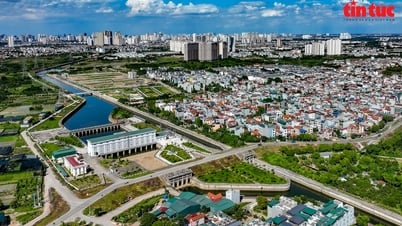









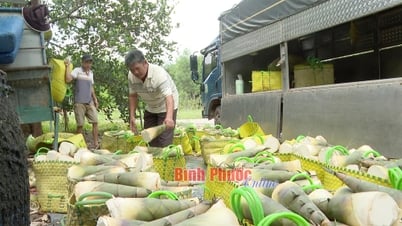
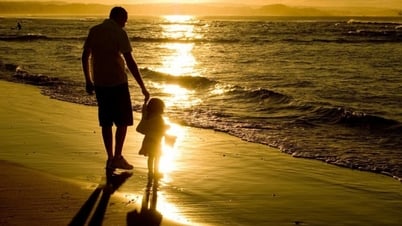
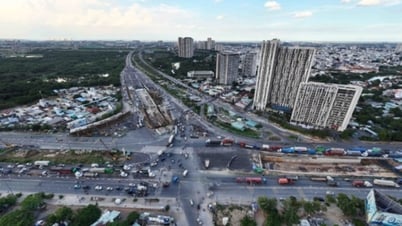

























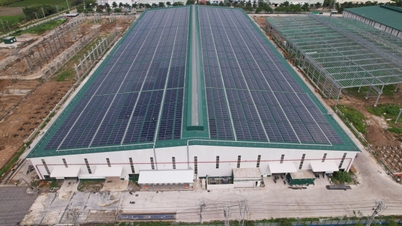














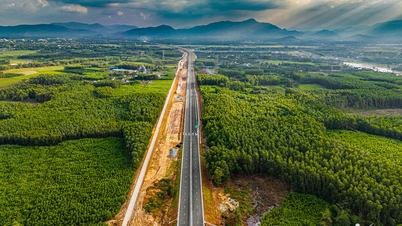





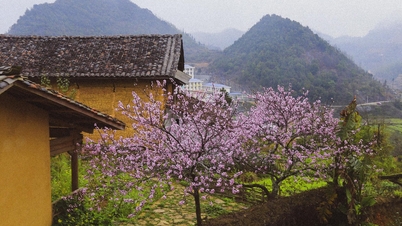
































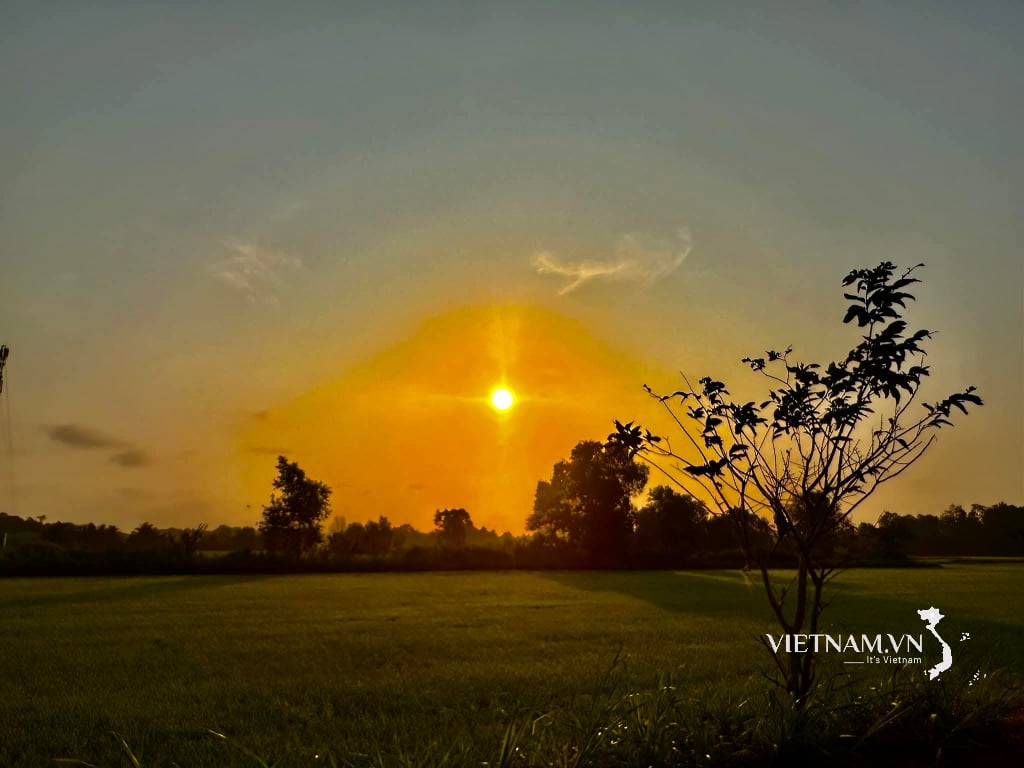


Comment (0)